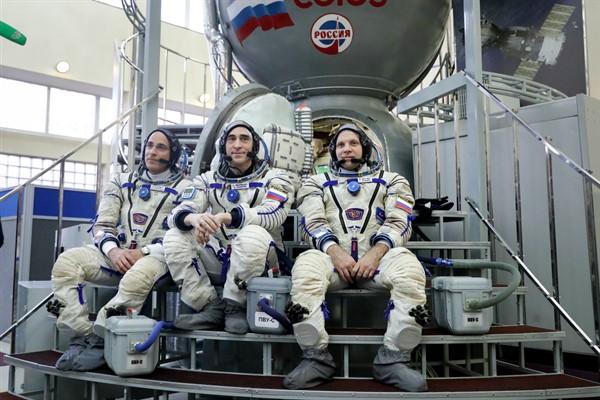In mid-July, a Russian satellite moved uncommonly close to a U.S. government satellite in low-Earth orbit, before quickly rendezvousing with another Russian satellite nearby. The Kremlin initially insisted that this satellite was part of a routine program to monitor its own assets in space. But a week later, U.S. Space Command, which oversees American military operations in space, deemed Russia’s maneuver a non-destructive test of an anti-satellite weapon—a sophisticated counterspace tool that could threaten U.S. space assets and national security.
U.S. officials had raised similar concerns twice before, earlier this year and in 2018, about abnormal Russian satellite behavior in orbit that was inconsistent with the stated mission. This latest test highlights the blatant development and placement of counterspace weapons in orbit, and Russia is not alone in pursuing them. Yet as it stands, there are few formally established international rules or regulations that define operations in space, including potentially hostile acts. The most notable and widely accepted international agreements—the Partial Test Ban Treaty of 1963 and the Outer Space Treaty of 1967—declare space as a peaceful commons and limit space weapons activity and testing. While these treaties are essential, the increase in the number of countries and commercial actors with heightened space capabilities requires new international agreements that can account for new challenges and threats.
As space is becoming more diverse, disruptive, disordered—and dangerous—the burden of setting ground rules is left to the major players in space, namely the United States, Russia, and China. Many have feared that recent developments, like the launch of the U.S. Space Force as a new branch of the U.S. military under President Donald Trump, could escalate tensions in space, particularly given that they are rising so rapidly on Earth.

